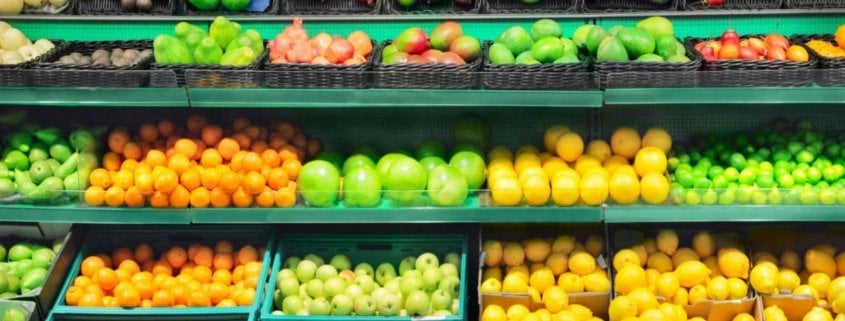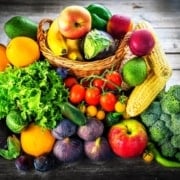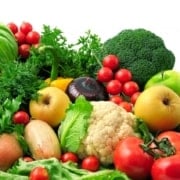USDA Reported Trends in Consumption of Fruits and Vegetables
Although there is a strong campaign for Americans to eat fruits and vegetables, the Economic Research Service (ERS) noted that the total consumption of fresh fruit and vegetables have fallen from 299 pounds to 272 pounds per person within ten years. The study was conducted from 2003 to 2013. The widespread decline of eating fruits and vegetables can pose serious threats to overall health. This article will discuss the trends reported by the USDA regarding the consumption of fresh fruit and vegetables.
Potatoes Cause the Decline of Vegetable Consumption
The USDA observed a decline in the consumption of the total number of vegetables, which was driven by the reduced consumption of potatoes. Boys between the age of 2 and 19 consumed only 45.2 pounds in 2008 as opposed to the 63.7 pounds per person annually. So why is vegetable consumption affected by the decline of potato consumption? The reason probably is that potatoes, as a staple food for most American families, are often mixed with other vegetables. Although this data suggests a grim result, it also revealed that consumption of some vegetables like broccoli, leafy greens, cauliflower, and peppers have increased.
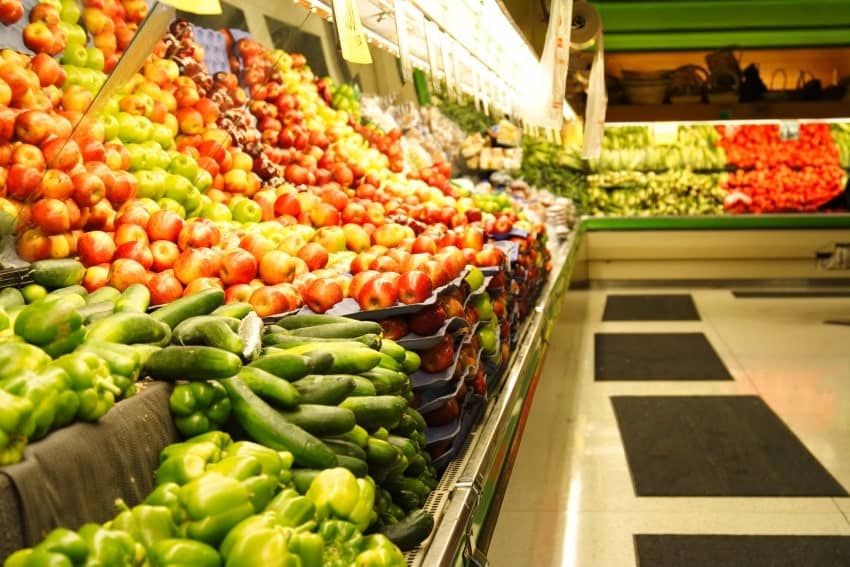
Higher Income is Directly Correlated to Vegetable Consumption
Researchers observed that people from households with incomes below the poverty level consumed fewer vegetables than those above the poverty line. Education plays a crucial role in making healthy food choices. In the study, college-educated adults consumed 187.4 pounds of vegetables compared to those who only attained high school education (181.9 pounds). While the quality of education can affect the food choices of people, the trend is fueled by their economic power. The ability to afford more nutritious foods is higher for college-educated adults than those who only have a high school education.
Whole Fruit Consumption is Not Consistent for Demographic Groups
There is a decline in the consumption of orange juice across all demographic groups. However, the trend of whole fruit consumption is not compatible. This can be a problem since many consumers are not taking the recommended daily intake of fiber from fruits. It had declined from 71.9 pounds per person annually from 1998 to 65.4 pounds in 2008. Again, this can be attributed to the income status of a person as well as the cultural background.
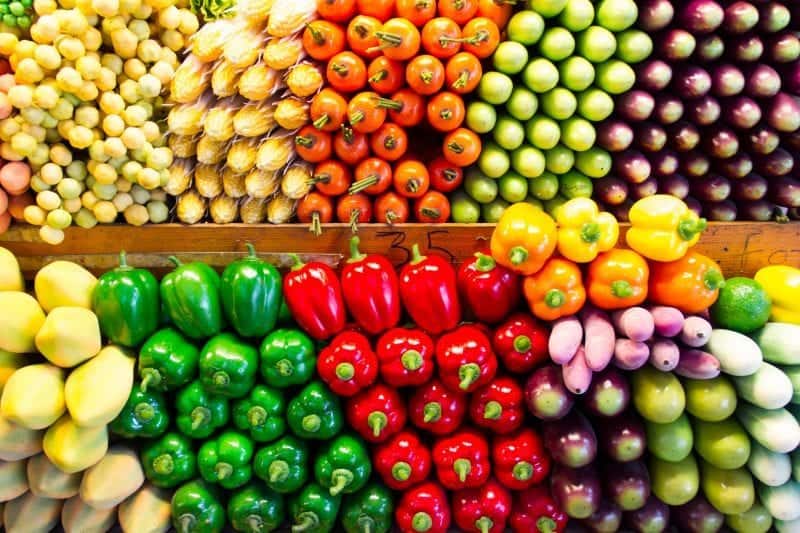
USDA Says Substitution is Becoming a Norm
Substituting the products is becoming evident among many consumers. For instance, many users use leafy greens like spinach or kale instead of lettuce. While there is a decline in the consumption of citrus fruits, it has been found that most consumers prefer to eat berries instead. One of the reasons for this trend is that consumers are opting for ingredients that are healthier.
Inspired by ers.usda.gov

